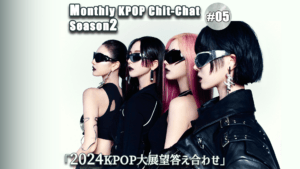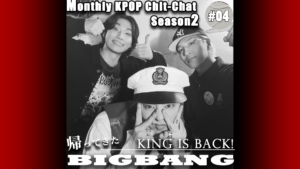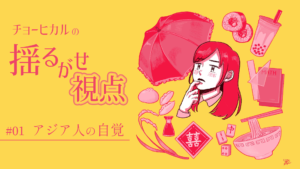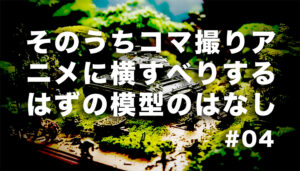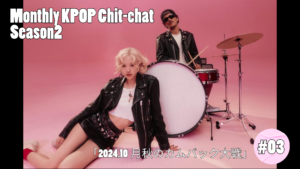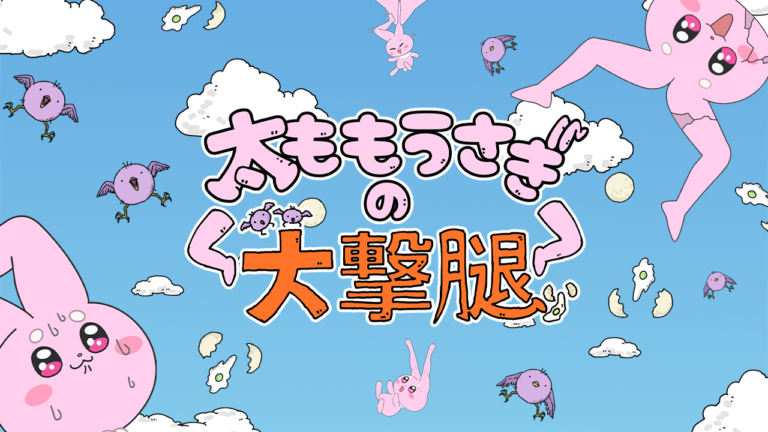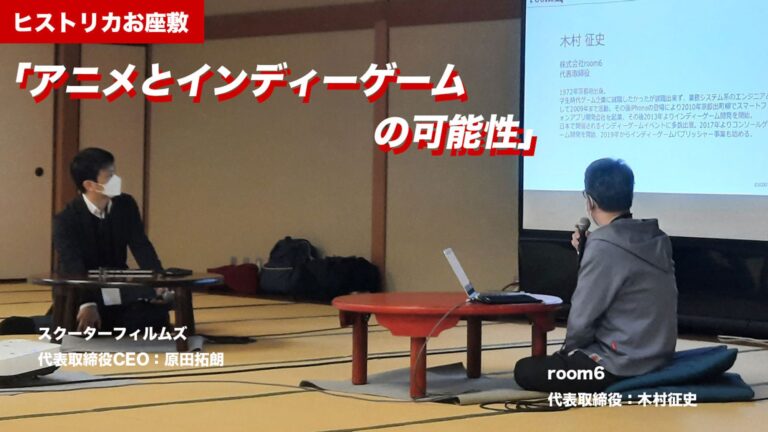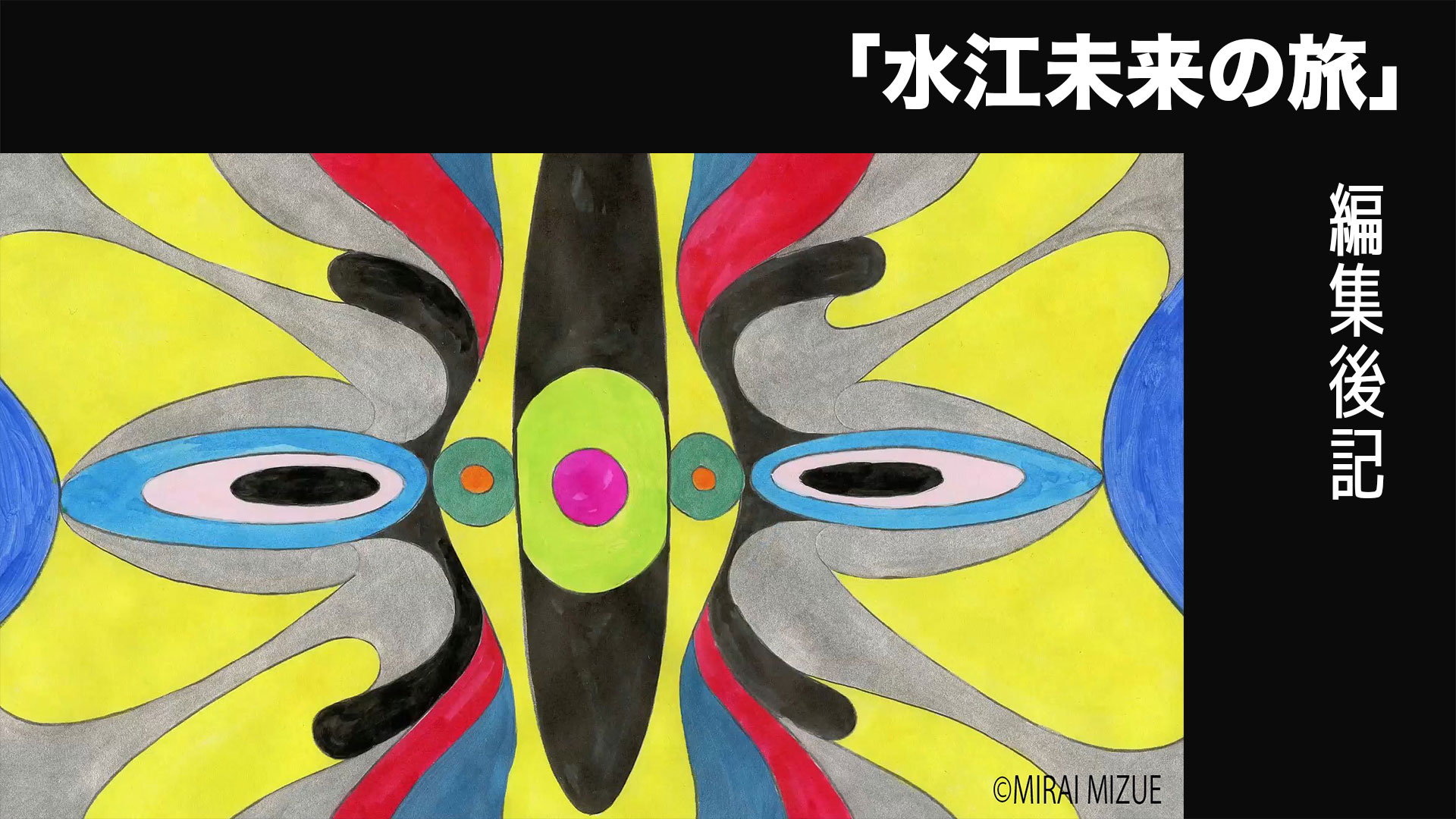
After the recording, it was reaffirmed that Miku Mizue has established a unique position as an artist in Japanese animation, characterized by a “non-narrative” expression that does not rely on storytelling. His works provide audiences with new experiences through the fusion of visuals and music, and have been highly praised at film festivals both domestically and internationally. This article will focus on how Mizue established this unique style, exploring the background of his childhood film experiences and his approach to digital technology, as well as the deep meanings embedded in his works.
What is Non-Narrative Expression in Animation?
Miku Mizue’s works are highly regarded at international film festivals as animations that pursue visual abstraction and experimentation. His style is often described as “non-narrative,” but to understand its true meaning, it is necessary to explore his own words and the background of his production. This article will examine the meaning of non-narrative expression based on his interviews, his childhood film experiences, and his approach to contemporary animation and new works.
First, Mizue’s works are considered “non-narrative” due to their formal characteristics that do not center around a story. He does not completely eliminate narrative; rather, he perceives narrative from a different angle. For example, his works transition from concrete forms like cells and geometric shapes to abstraction, providing audiences with diverse interpretative possibilities. This approach, while distinct from traditional narrative forms, offers a unique narrative experience.
Interestingly, Mizue’s childhood film experiences have significantly influenced his current style. He experienced Hollywood blockbusters like “Jurassic Park” and “Terminator 2” in theaters during his childhood. These films symbolize the evolution of CGI technology at the time and left a lasting impression on him as a unique experience where reality and fiction intersect. Particularly, the liquid metal representation of the T-1000 in “Terminator 2” had a profound impact on him, motivating his pursuit of the “strange” and “peculiar” in his later works.
Additionally, Mizue’s approach to digital technology in his works is noteworthy. He is not an analog purist; rather, he actively incorporates digital technology to pursue “strangeness” and “otherness” in visual expression. His use of these tools aims to provide audiences with intense visual experiences, rooted in the “wonder” he cultivated in his childhood.
On the other hand, Mizue continues to hold a longing for the analog experience of theaters. In his feature animation “ETERNITY,” he aims to draw audiences into a “ride-type” visual experience within a 20-minute runtime. This reflects his perspective of viewing the experience of watching a film in a theater as part of the story itself. As he describes, the sensation of realizing “I was in a theater” the moment the film ends symbolizes the fusion of immersion and reality that film possesses.
Overall, Mizue’s works provide experiences that transcend narrative within a non-narrative form. The memories of films he experienced in childhood and his adaptation to contemporary digital technology are deeply intertwined in this background. His works will continue to offer audiences visual surprises and a sense of otherness. This is the greatest charm of his animation, and its evolution is highly anticipated.
About “Mizue’s Journey to the West (Tentative)”
To reiterate, Miku Mizue is an artist who exudes a unique presence in Japanese animation. His works stand apart from typical narrative-driven animations, pursuing non-narrative (non-story) and non-verbal expressions. Through these elements, he creates works that provide sensory experiences through the fusion of visuals and music, deeply resonating with the audience’s inner selves.
One of Mizue’s representative works, “WONDER,” premiered at the Berlin International Film Festival and won the “CANAL+ Creative Aid Award” at the Annecy International Animation Film Festival. This work is a 6-minute animation that brings a sense of euphoria through visually transforming colors and shapes, combined with music by PASCALS. An episode recounts how a woman in Berlin expressed, “From tomorrow, I will wear colorful clothes and try to incorporate WONDER into my life.” This moment was when Mizue recognized the power of non-narrative and non-verbal expression, significantly influencing his subsequent production approach.
Words can sometimes lead to misunderstandings. Even when sharing the same language, meanings can differ based on generation and experience. Mizue may feel the ambiguity of communication through language, which further highlights the value of non-verbal expression. For instance, just as “WONDER” can prompt audiences to engage in spontaneous thought and action through visual and musical experiences, non-verbal expression possesses the power to make audiences “think from within themselves.”
Such works by Mizue not only provide visual stimulation but also have the power to bring about changes in the audience’s inner world. Non-narrative and non-verbal expressions offer room for audiences to interpret freely and engage their sensitivity without narrowing the scope of interpretation. Therefore, abstract expressions that do not rely on words can potentially trigger inner transformations in the audience.
Furthermore, Mizue’s current project, the feature animation “Mizue’s Journey to the West (Tentative),” represents a different challenge from his previous short works. It is expected to reinterpret the classic story of “Journey to the West” in a sci-fi manner, incorporating multiple perspectives and multiverse elements. This project will likely explore unique answers that transcend Buddhist motifs and religious viewpoints. The story he depicts will delve into profound themes such as how humans should live and how to perceive the world, with abstract animation techniques playing a significant role in his approach.
Mizue’s works do not merely convey messages unilaterally to the audience; rather, they encourage audiences to confront their inner selves and promote free interpretation, eliciting deep empathy and emotion. The non-narrative and non-verbal approach directly appeals to the audience’s sensitivity, enabling communication that transcends words.
As we look forward to Mizue’s next challenge, “Mizue’s Journey to the West (Tentative),” we are excited to see how it will provide audiences with new perspectives and experiences, and how his unique expression will evolve. The power of his works will continue to influence many audiences in the future.
Animation is Beginning to Cross Boundaries, Chaotic Yet Stimulating
Mizue’s works may initially appear to consist of complex and abstract visuals, but deep themes are hidden within. The theme of “life and death” in his works is particularly intriguing. In interviews, he expresses a “sense of life and death expanding and growing complexly,” influenced significantly by his life experiences and the scientific magazines he encountered in childhood. He perceives “nothingness” and “being” from a scientific perspective, holding the sense that simply being alive is a mysterious state. This feeling is often visually expressed in his works, strongly evoking the “ephemerality of life” and the “mystery of existence” in viewers.
The aforementioned feature animation “Mizue’s Journey to the West (Tentative)” can be seen as the culmination of his expressions. This work is expected to feature many characters, each with unique personalities and backgrounds. His character designs, already seen in music videos he has created, are highly distinctive and appealing. As he mentions being influenced by “Star Wars” and “The NeverEnding Story,” many characters will likely play significant roles in the narrative.
Moreover, Mizue feels that the entire animation industry has entered a “chaotic era.” The boundaries between commercial studios and independent creators are becoming increasingly blurred, and as new methods and technologies emerge, he continues to create works while enjoying these changes. In this context, Mizue actively pursues new challenges to expand the possibilities of animation as an expression.
As expectations grow for Mizue’s future works, we also want to observe how his animations continue to express “life and death” and the “mystery of existence,” and how they evolve. His works carry profound messages that transcend mere entertainment, and it will be fascinating to see how these messages are conveyed in the future.
(Written by Yuki Sakoda)

